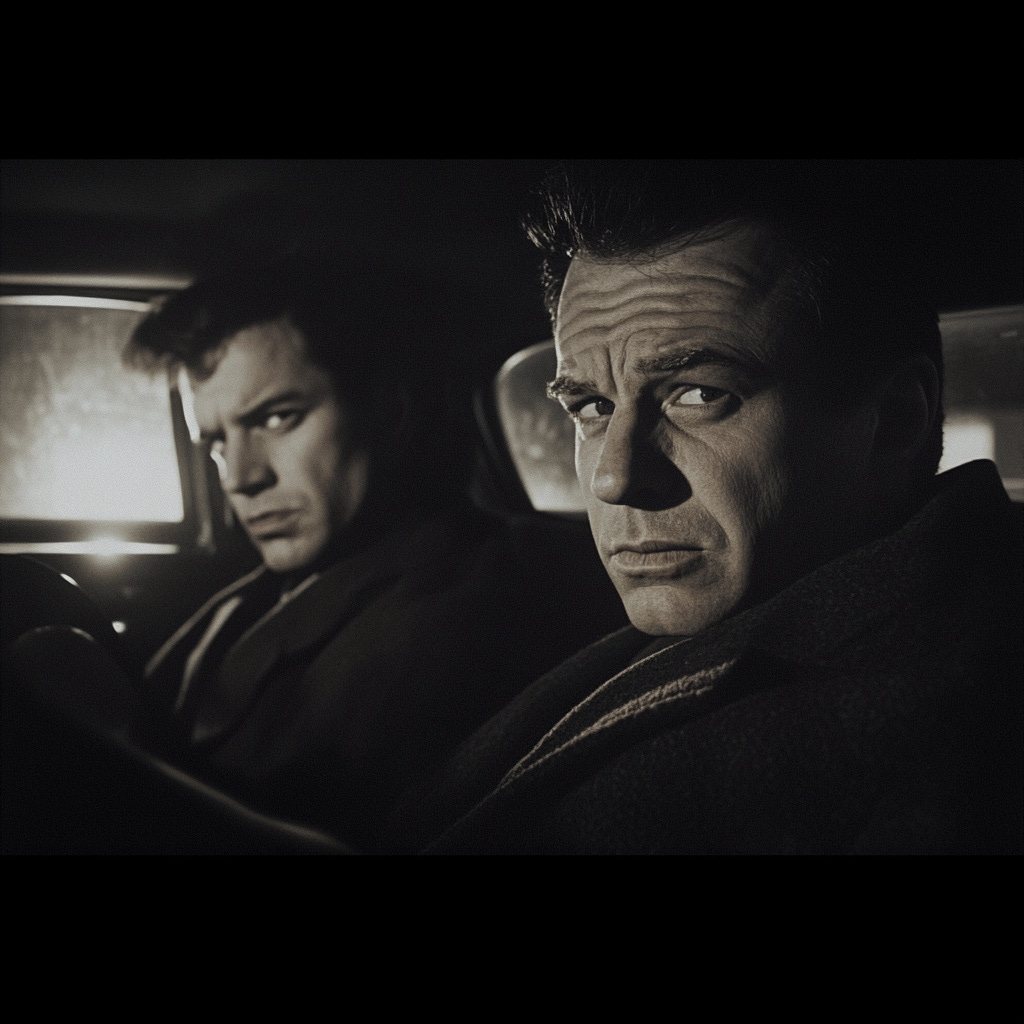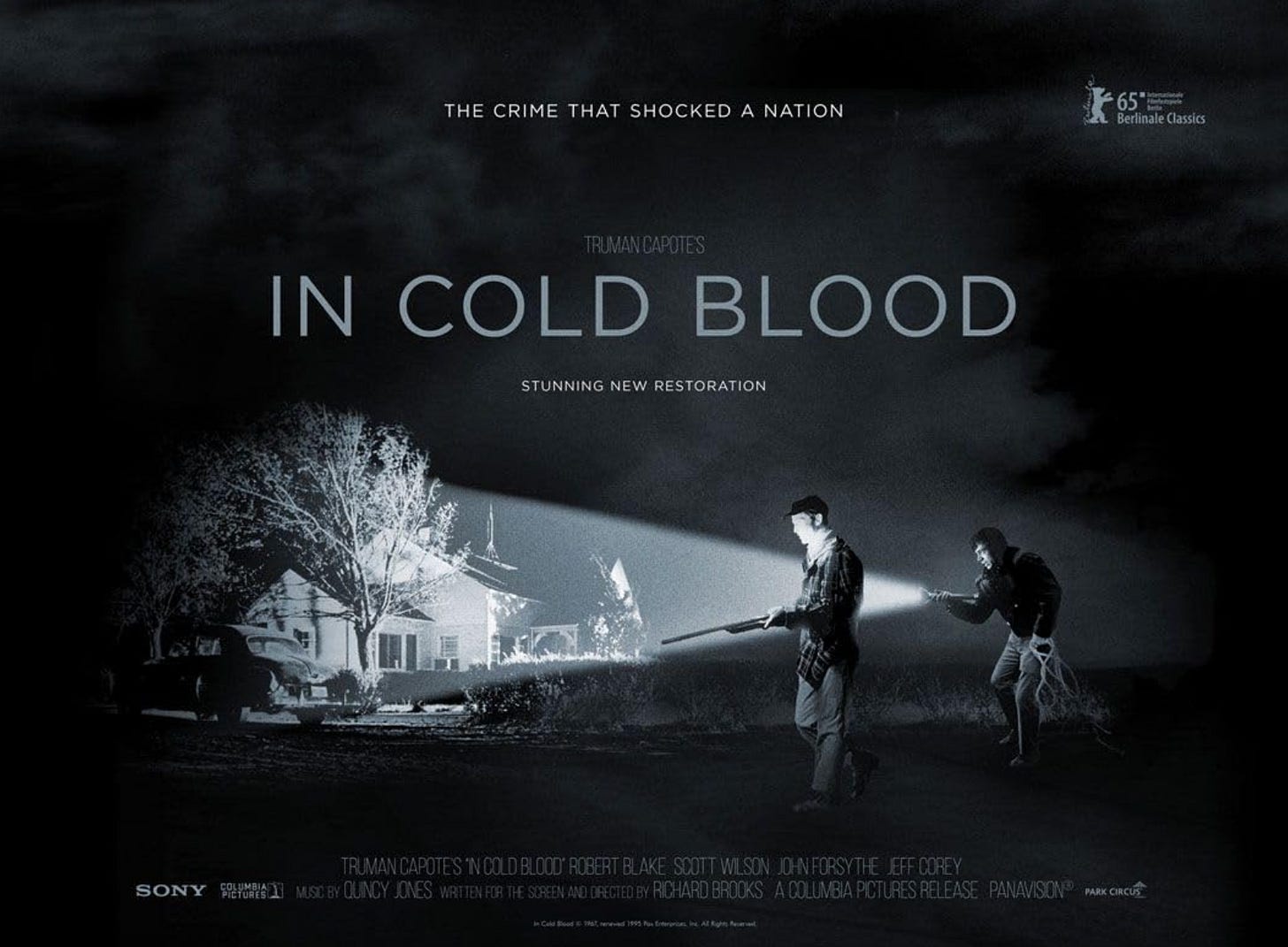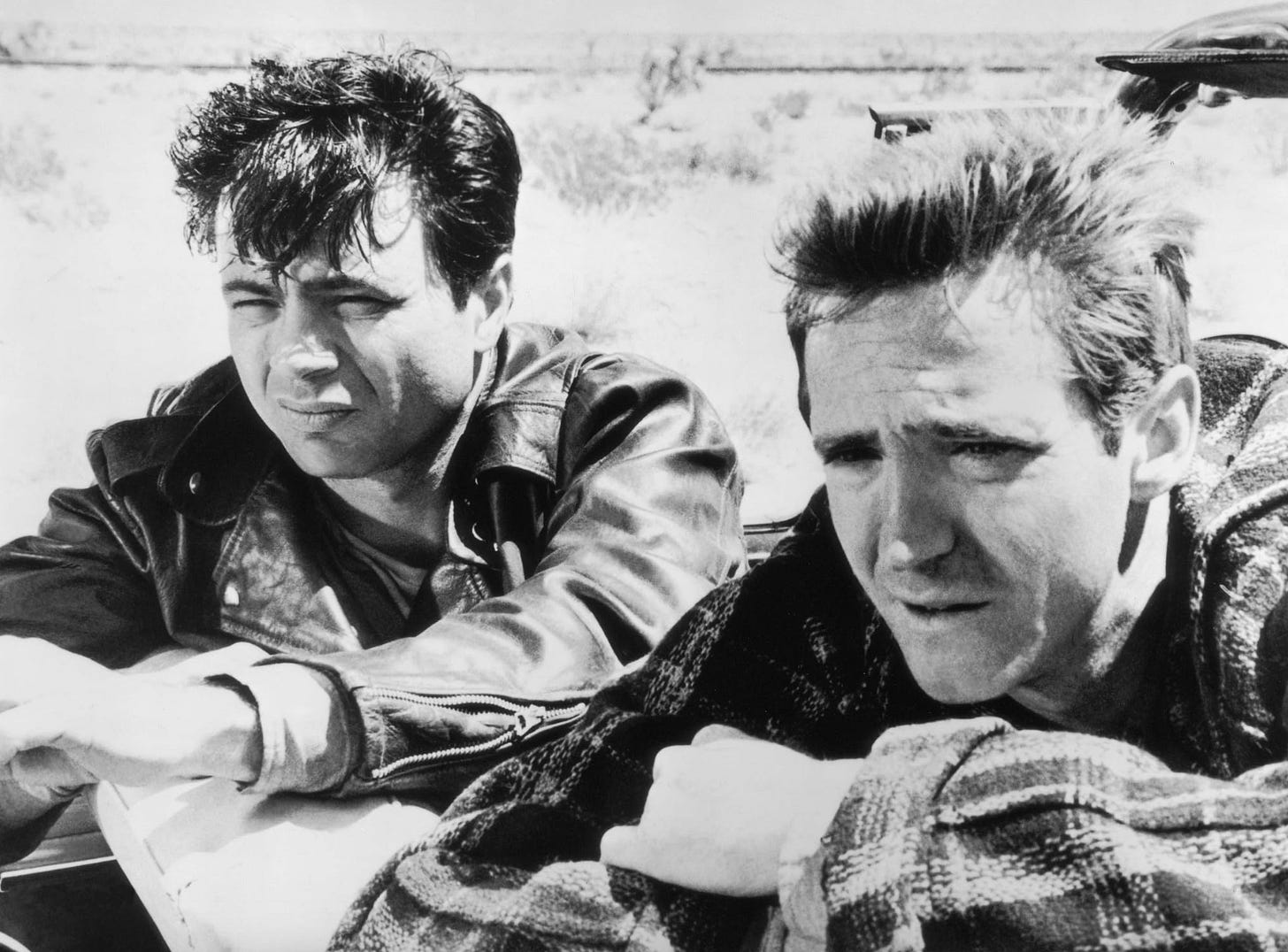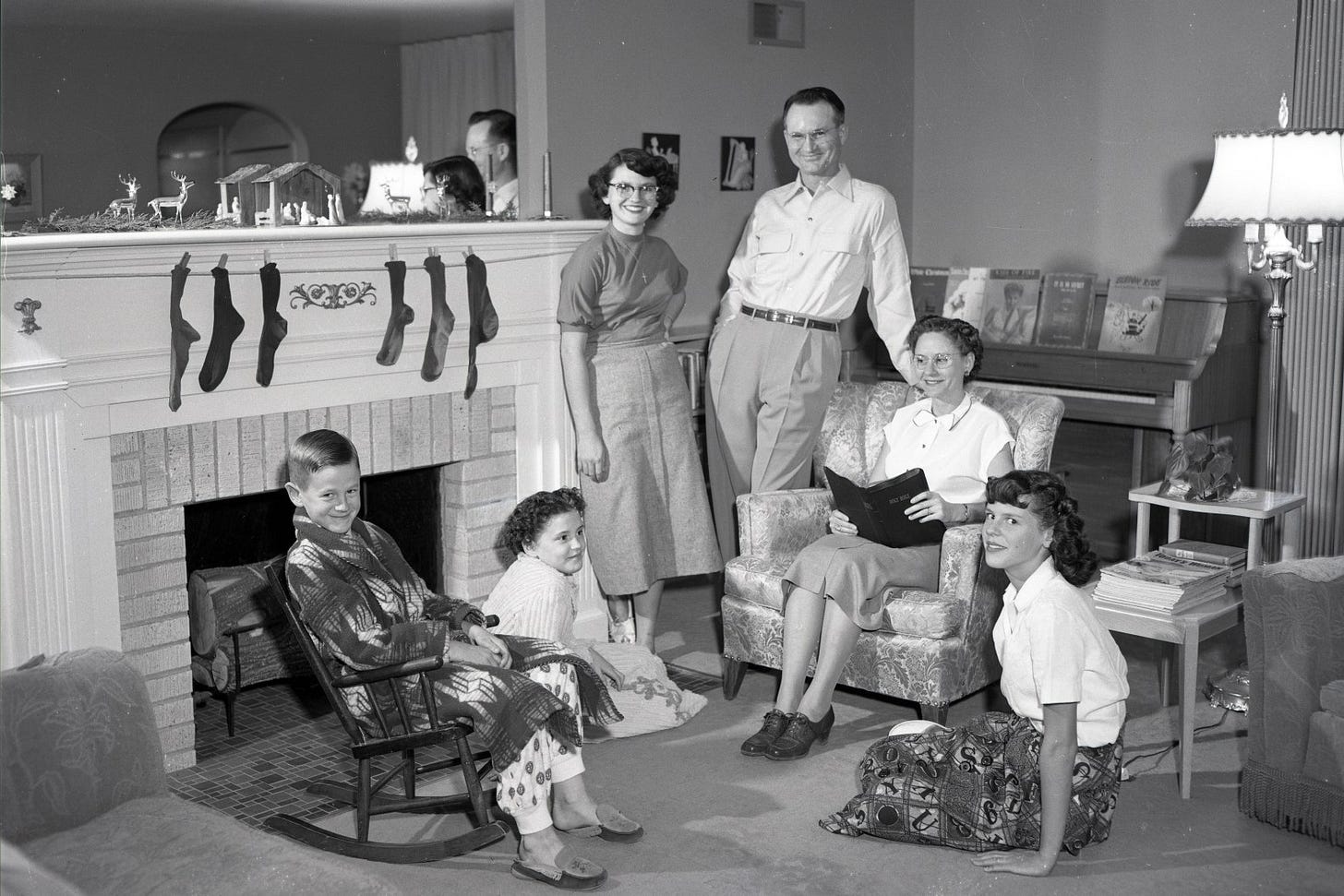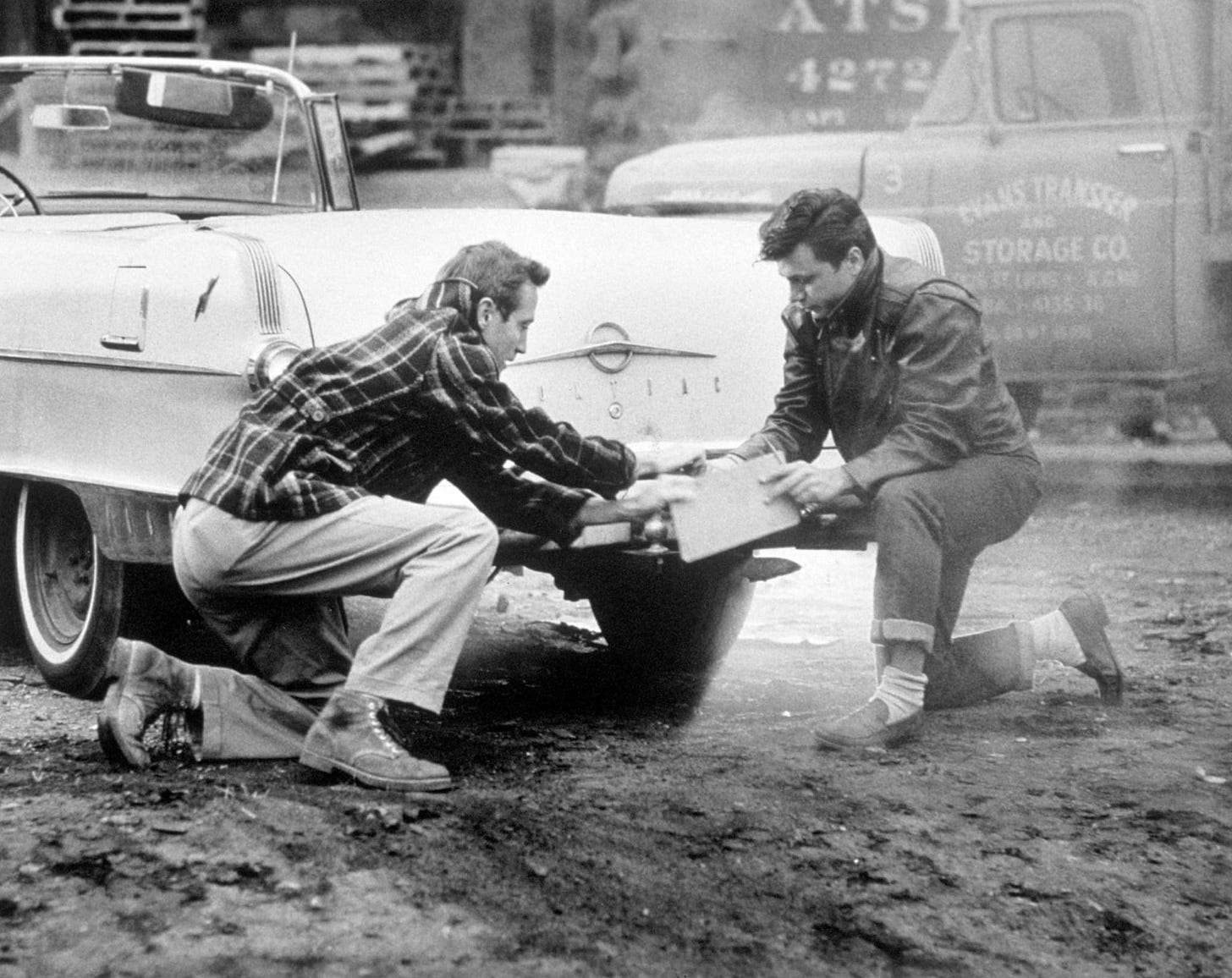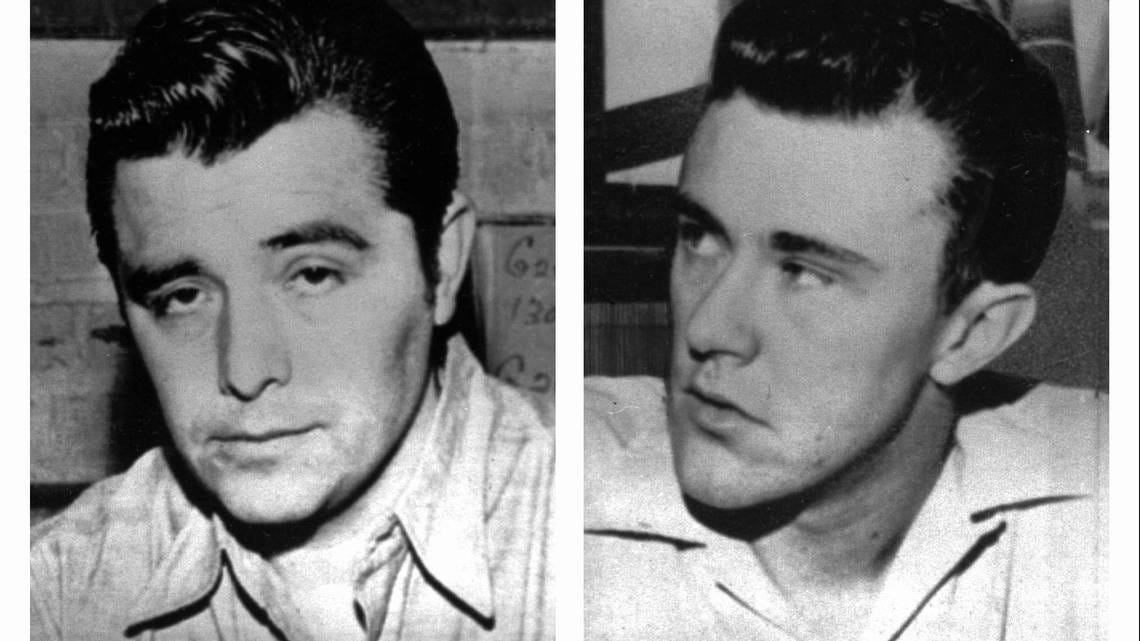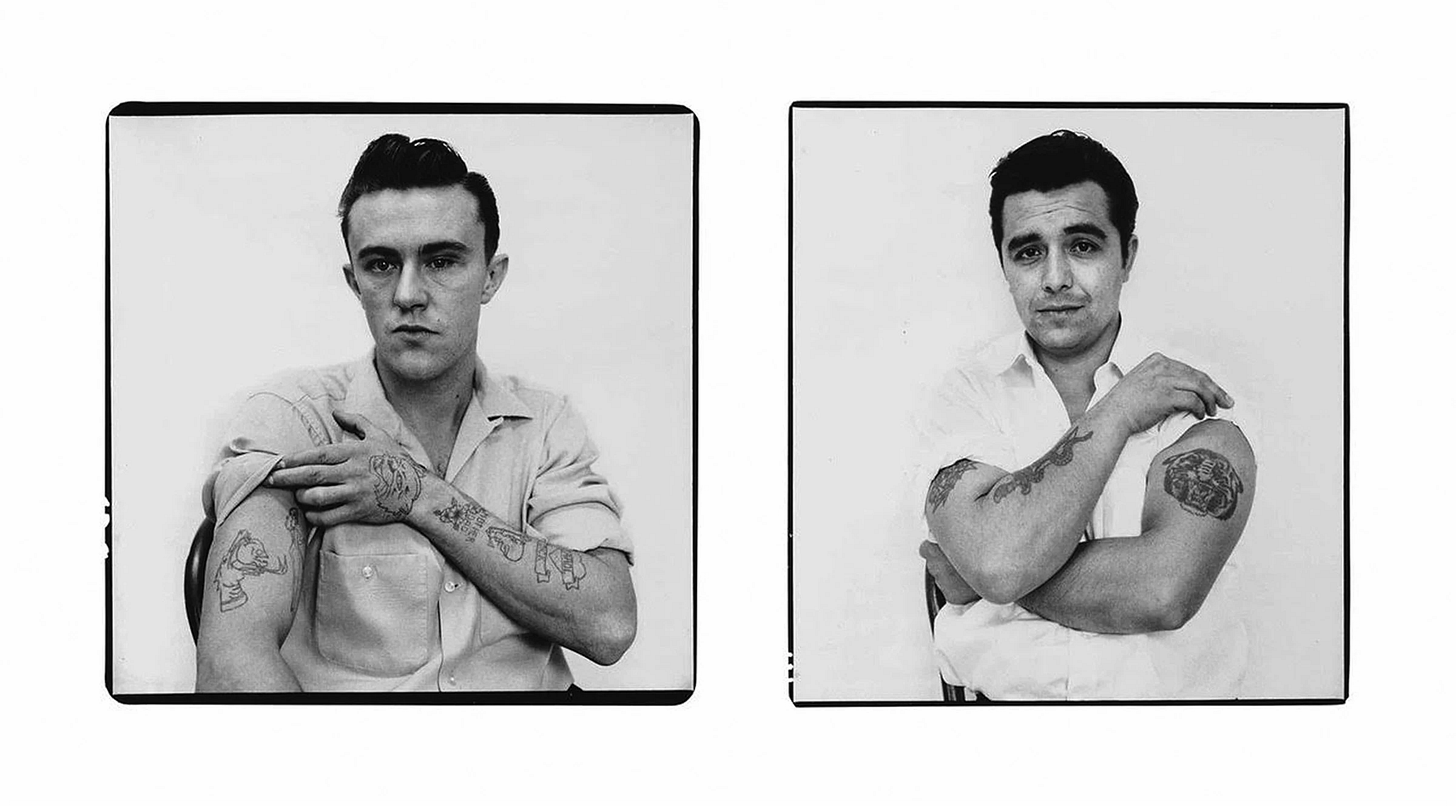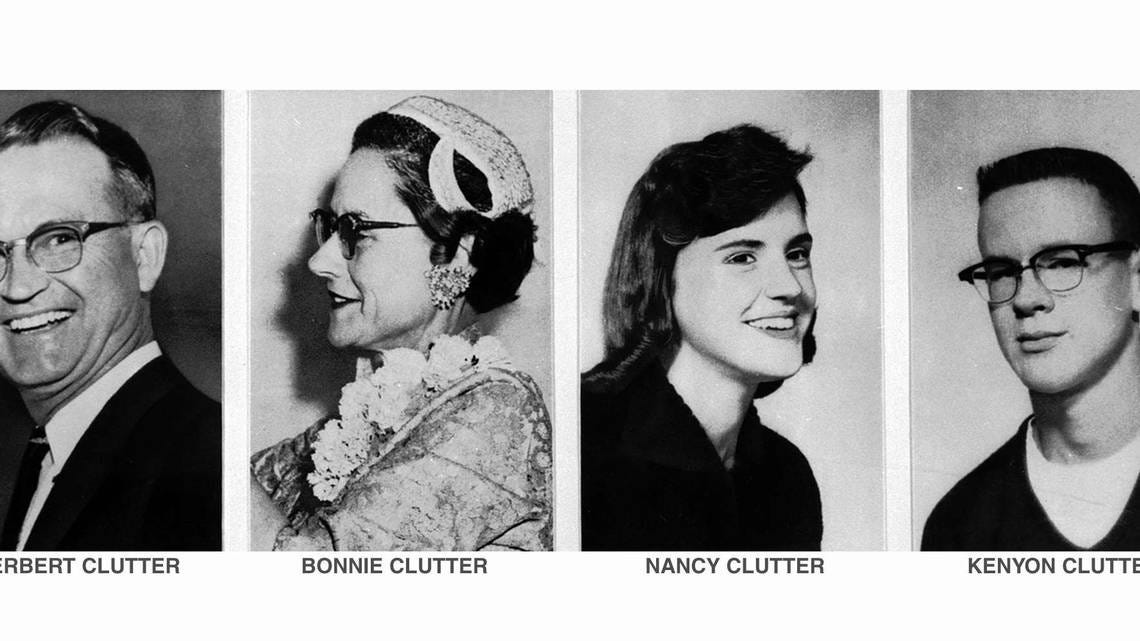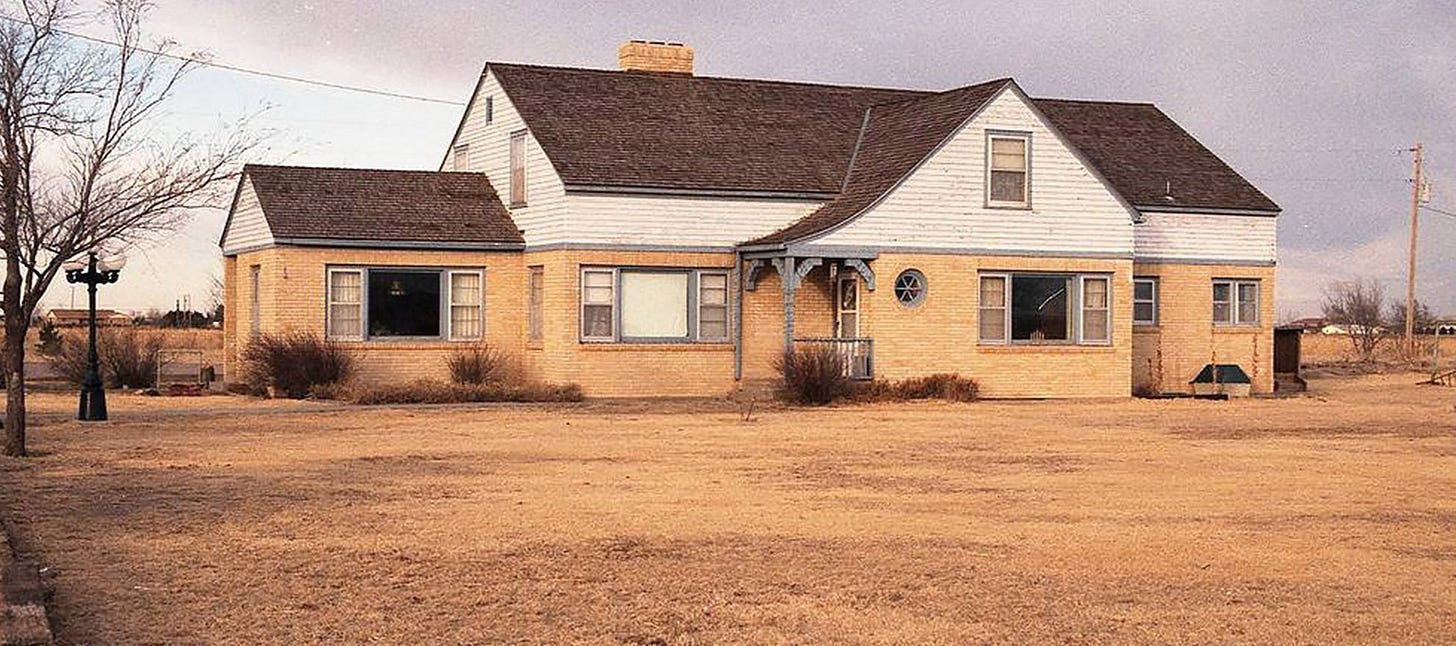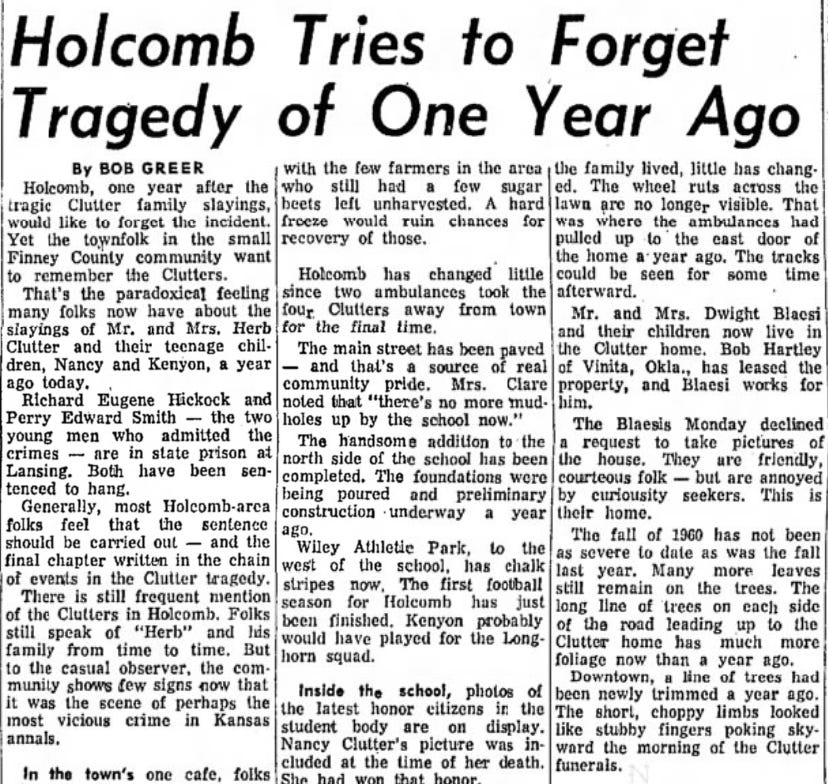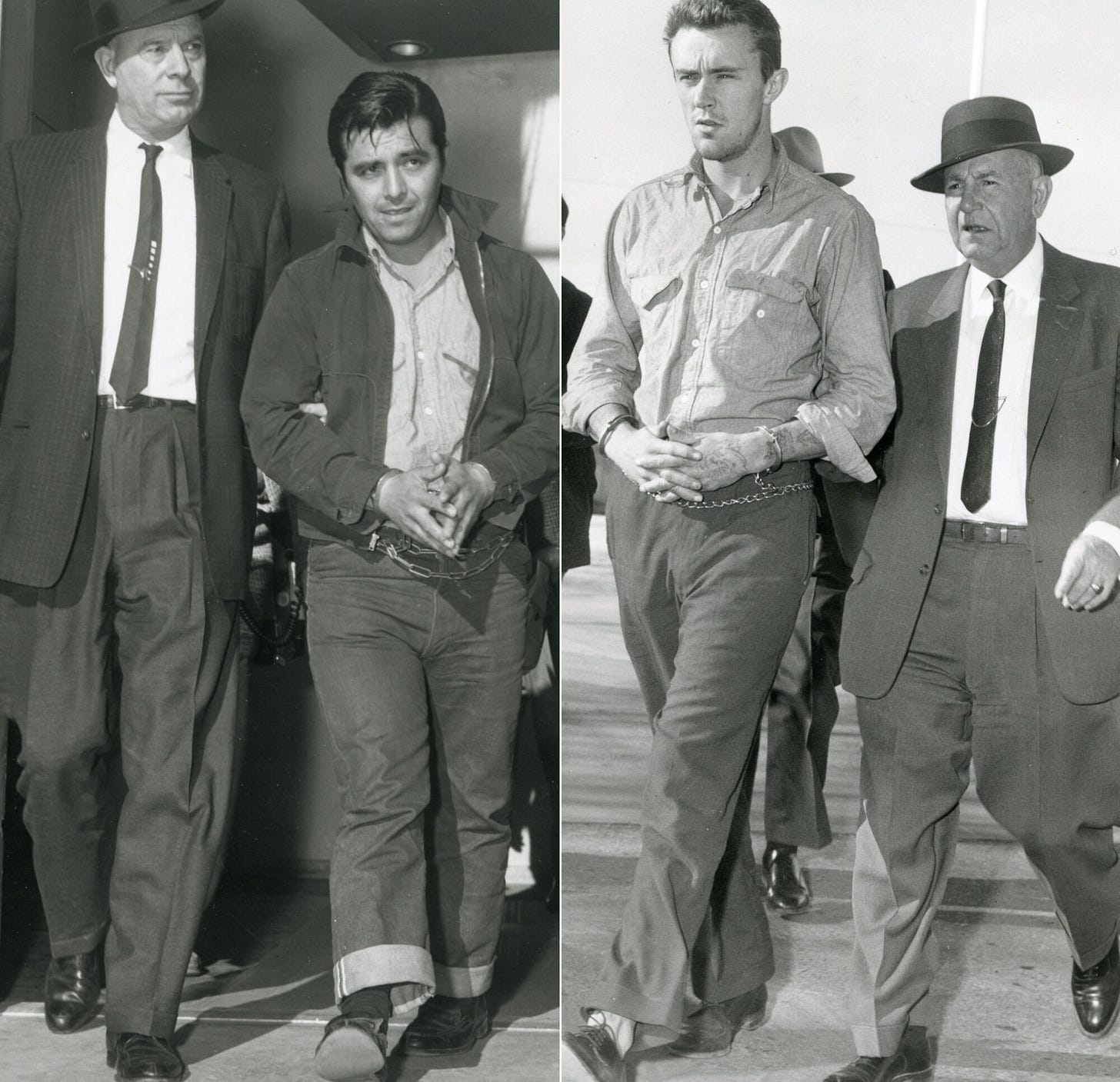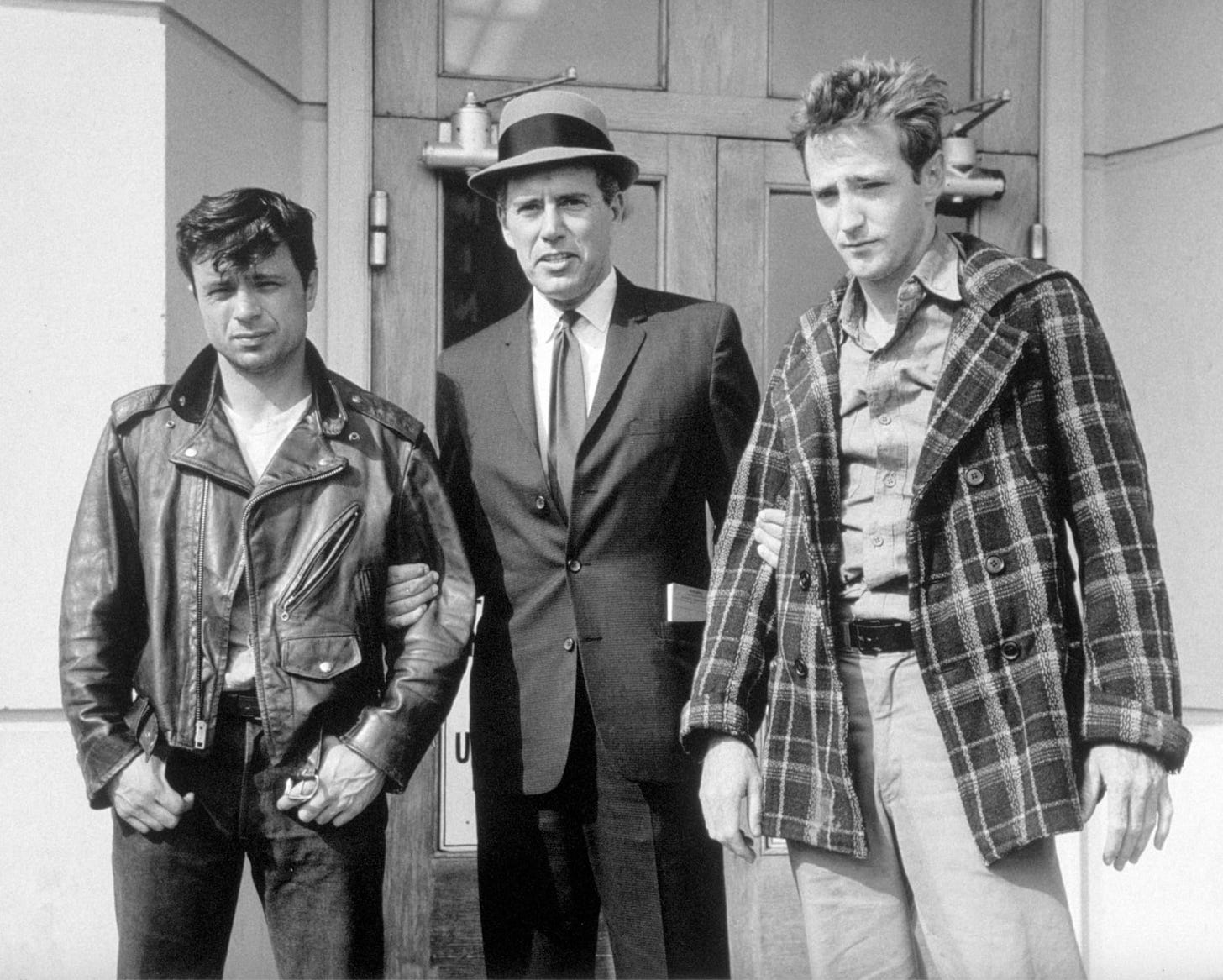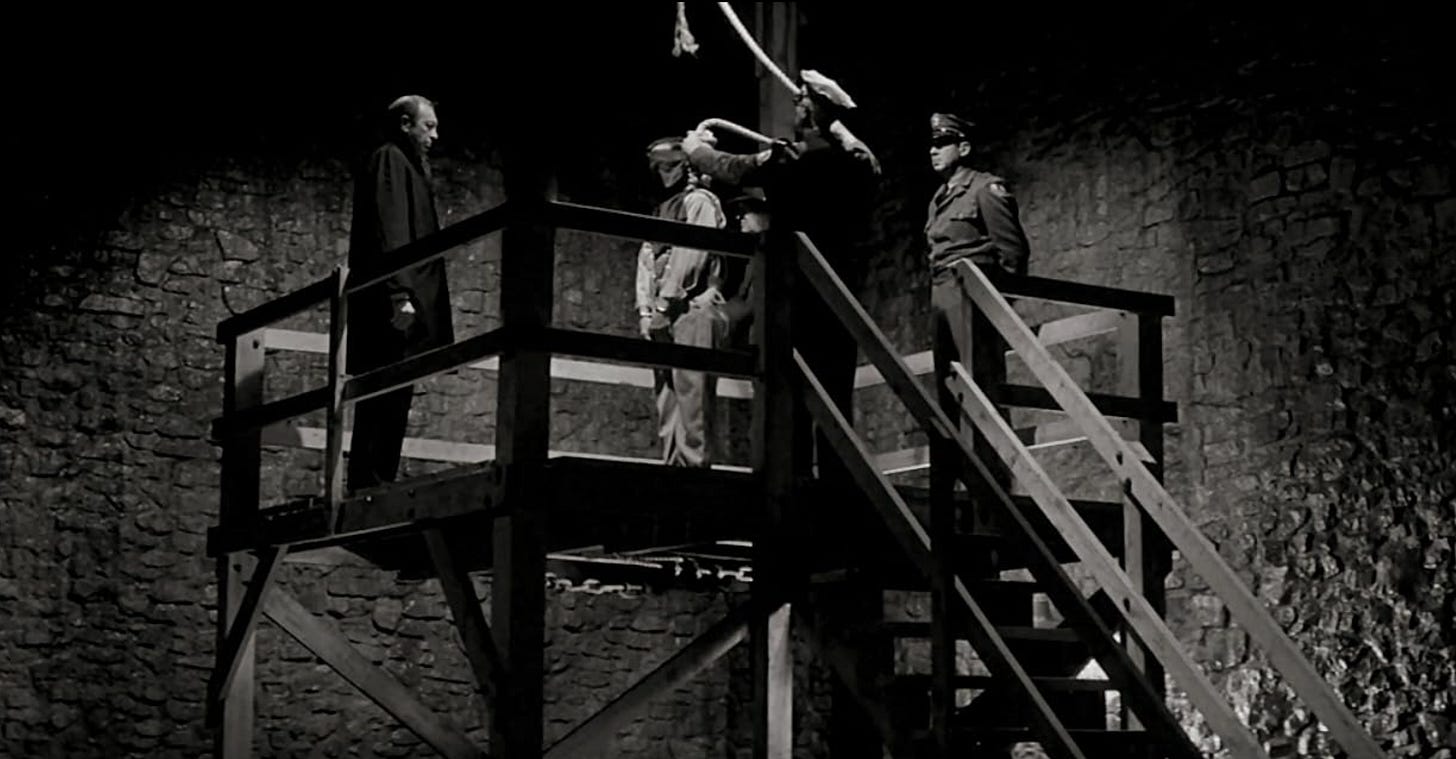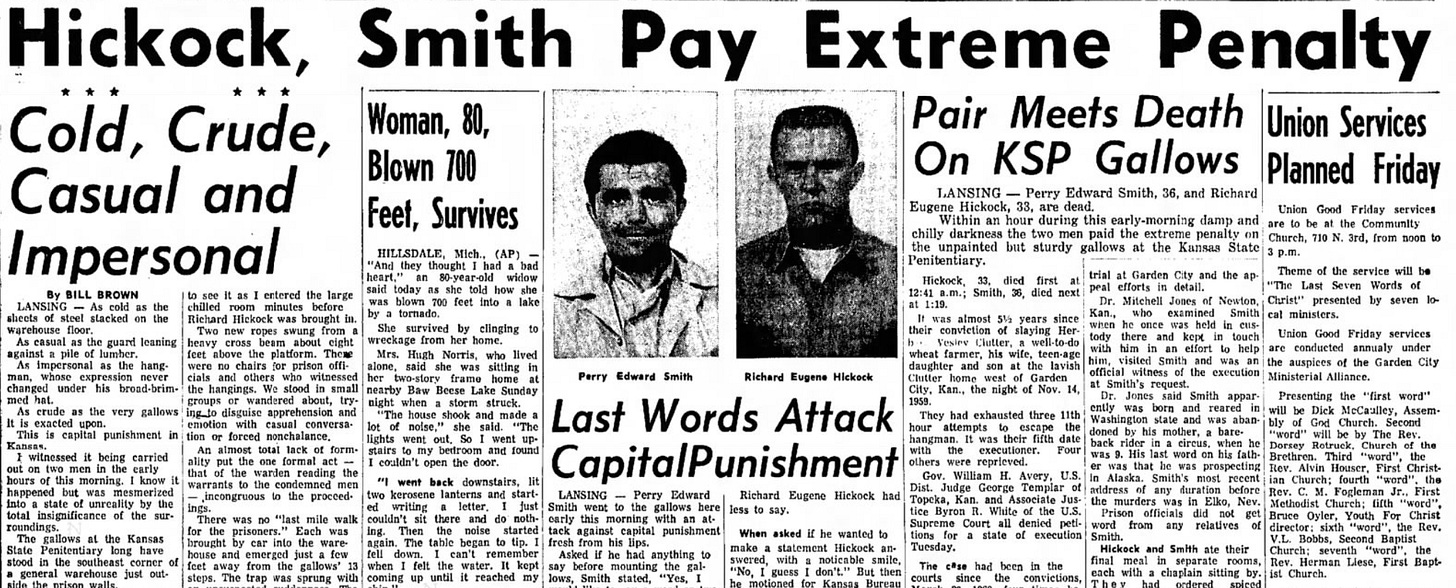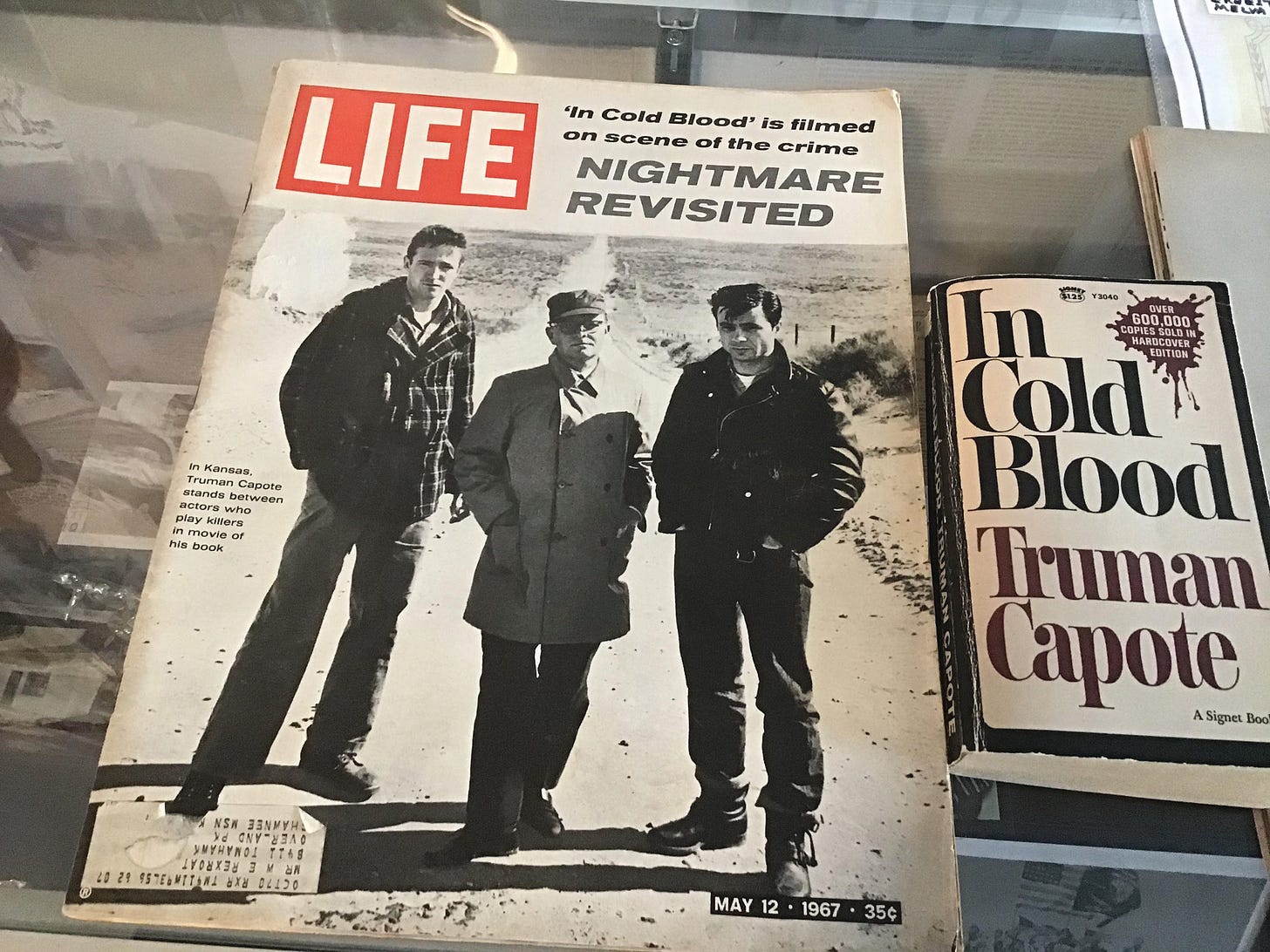Murders In The Heartland: The True Story Behind "In Cold Blood"
In 1967, Truman Capote's novel "In Cold Blood" was brought to the big screen. The film details the brutal November 1959 murders of the Clutter family in rural Kansas
Background
In November 1959, a family was brutally murdered inside their home in Holcomb, Kansas. While investigators are piecing together the events of the crime, an American author is also researching the tragic details and compiling notes that will eventually become one of the most prolific true crime novels ever published.
The savage killings of the Clutter family would receive worldwide attention through author Truman Capote’s novel In Cold Blood, and later played out on Hollywood’s big screen. Today, we delve into the depths of a crime that shook the nation – and a movie that captivated it.
Film Release
On December 15, 1967, the neo-noir crime film “In Cold Blood” was released by Pax Enterprises and Columbia Pictures. Produced and directed by Richard Brooks, the film was based on American author Truman Capote’s book by the same name. Brooks purchased the movie rights from Capote for a reported $400,000.
Actors Robert Blake and Scott Wilson portrayed killers Perry Smith and Richard Hickock. The film was produced at the actual site of the crime, and used actual photos of the victims.
The film was nominated for fourteen Academy Awards and won in the categories of Best Director, Best Cinematography, Best Original Score, and Best Adapted Screenplay.
Brooks won Best Director honors at the David di Donatello Awards and the National Board of Review Awards.
The United States National Film Registry chose the film for preservation in 2008, determining it to be of cultural, historical, or aesthetic significance. That same year, the American Film Industry ranked the film as #8 on its top ten list of Greatest Courtroom Dramas.
The story begins on the morning of November 15, 1959, when two friends of 15-year-old Nancy Mae Clutter arrived at her house in Holcomb, Kansas, to ride with her family to church as they usually did.
When their knock on the door went unanswered, they ventured inside. Nothing could have prepared them for what they found. Mr. and Mrs. Clutter and both of their children had been savagely murdered.
Based on True Events
48-year-old farmer Herbert Clutter and his 45-year-old wife Bonnie Mae lived at their ranch house at 611 West Oak Avenue in Holcomb, Kansas, with their two children, 15-year-old Nancy Mae Clutter and 13-year-old Kenyon Neal Clutter.
Nancy was a sophomore at Holcomb High School and an honors student. She had just won the school’s Good Citizenship Award. Kenyon was a junior and very active in the local 4-H. The Clutters’ two oldest children, 20-year-old Beverly and 23-year-old Eveanna, had already moved out on their own.
As the family slept on the night of November 14, 1959, they had no idea that two ex-convicts were in the process of crossing the state to find them.
Richard Hickock and Perry Smith
Richard Eugene Hickock, known as Dick, was the 28-year-old son of farmer Walter Hickock and his wife Eunice. Born in 1931 in Kansas City, Dick was an athlete in high school and earned good grades. He aspired to attend college, but his parents couldn’t afford to send him, so he settled on a career as a painter for a motor car company.
In 1950, he was involved in a serious auto accident that left him with head injuries, a skull fracture, and a disfigured face. His behavior seemed to change after the accident, and he began committing petty theft, passing bad checks, and gambling.
He was arrested during the summer of 1957 for burglary and grand larceny. The following year brought another grand larceny charge. While in prison in 1958, he met 31-year-old Perry Edward Smith, who was serving a sentence for burglary.
Perry Smith was the son of an abusive father and alcoholic mother. His parents, who were rodeo performers, didn’t do much in terms of offering stability to their children. The family moved frequently and rarely had a stable income, necessitating assistance from welfare agencies.
His parents divorced when he was young. The three older children were placed in the custody of their mother while Perry went with his father.
Perry quit school in the tenth grade and joined the merchant marines. After serving in that capacity for two years, he enlisted in the US Army and was honorably discharged in 1952, after serving four years.
A serious motorcycle accident placed him in the hospital for six months with skull fractures and permanent damage to his legs. After his recovery, he worked briefly as a truck driver.
Then, in 1955, he and a friend burglarized a sales barn. After his arrest for burglary, he escaped the jailhouse. He was soon recaptured and brought back to jail. In February of 1956, he was again arrested for burglary and sent to the Kansas State Penitentiary.
While incarcerated, Hickock befriended Perry in prison, as well as an inmate named William Floyd Wells Jr., who was also serving a term for burglary. Wells had once been employed as a farmhand on the Clutter farm and shared with Dick that the Clutter’s kept a safe in their house containing $10,000.
Clutter Family Murders
Hickock convinced Smith to help him commit the robbery after both men were released on parole. In a stolen car, they drove over 400 miles across the state toward the Clutter family home. It was just after midnight on November 15th when they reached the rural dirt road leading to the residence.
Upon arrival, they found a side door unlocked and quietly slipped inside. The family was then awakened. Bonnie and the children were forced into a second-floor bathroom before Herbert was taken into his office on the first floor.
A quick search was made for the safe, and when it was unsuccessful, the two men removed Bonnie from the bathroom, bound her hands and feet, tied a rag over her mouth, and secured her to the bed in the guest room.
Nancy was then removed from the bathroom and brought back to her bedroom, where her hands were tied behind her back and she was placed on the bed. Herbert and Kenyon were taken into the basement’s furnace room. Kenyon’s feet were tied together, and his hands were bound behind his back with a thin white rope.
The rope was secured to an overhead steam pipe. Hickock and Smith then decided to bring the boy to the adjoining playroom. He was untied from the pipe and brought into the playroom, where he was tied to a couch with his head atop a pillow.
Herbert Clutter was then bound and gagged with an identical thin white rope before being hanged haphazardly from an overhead pipe. Smith stayed in the furnace room while Hickock again went in search of the non-existent safe.
When he returned to the basement, he was furious. He and Smith discussed what they should do now. Having already decided that they couldn’t leave witnesses who could identify them, Smith suddenly reached out and dragged a knife across Herbert’s throat before putting a shotgun to his head and pulling the trigger. The body was then placed on the basement floor atop a cardboard box.
Kenyon was also shot in the head with the shotgun before Hickock and Smith returned to the second floor. Bonnie and Nancy were also killed by shotgun blasts to the head.
There had been no safe or $10,000. Instead, the two killers made off with less than $50 in cash, a portable radio, and a pair of binoculars. In their haste to escape, they inadvertently left an envelope containing money that Nancy had set aside for church lying on top of her dresser.
Arrest and Trial
Later that morning, Nancy’s friends Mary Ewalt and Susan Kidwell arrived at the Clutter home. The girls rode to church with the family every Sunday. When no one came to the door, they ventured inside and saw scenes straight out of a nightmare.
When inmate William Wells heard about the unsolved murders of the Clutters, he went to authorities and shared information concerning the conversation he’d once engaged in with Hickock about Herbert Clutter.
Before long, the hunt for Hickock and Smith was on. Hickock was described as 5’10 tall and weighing 158 pounds with various tattoos, blue eyes, and brown hair. Smith was described as standing 5’4 inches tall and weighing 160 pounds with various tattoos, brown eyes, and brown hair.
On December 30, 1959, both men were arrested in Las Vegas, Nevada, and brought back to Kansas. Hickock claimed innocence while Smith stated that he didn’t want to say anything at all. Eventually, during his interrogation, Perry admitted, “I was in on it.”
In the case of The State of Kansas versus Richard Eugene Hickock and Perry Edward Smith, the jury deliberated for only 45 minutes before finding both men guilty on all counts. On April 4, 1960, they were both sentenced to death.
Both men contested the verdict, still claiming they had been temporarily insane at the time the crimes were committed, that media coverage had biased the jury, and that their lawyers had been inadequate. The US Supreme Court refused to hear the case.
Though he initially admitted to only killing Herbert and Kenyon, Perry Smith later confessed to murdering all four of the victims.
While in prison, Hickock penned a manuscript titled “The High Road to Hell,” which he claimed to be the true story of the crime. According to the manuscript, he and Smith had been hired by a man named Roberts who had paid them $5,000 to wipe out the Clutter family. The claims were deemed to be unfounded.
Executions
On April 14, 1965, Perry Smith and Richard Hickock were led to the penitentiary’s scaffold. Each man was asked if he had any last words. Hickock responded, “No, I guess I don’t.” He then motioned for one of the agents from the Kansas Bureau of Investigation to come over to him. “You’re sending me to a better place than this,” he told the agent before extending his hand and saying goodbye. He requested the other two agents come to him, and he shook their hands as well.
When it was Smith’s turn, he announced, “Yes, I would like to say a word or two. I think it is a hell of a thing that a life has to be taken in this manner. I say this especially because there is a great deal I could have offered society. I certainly think capital punishment is legally and morally wrong. Any apology for what I have done would be meaningless at this time. I don’t have any animosities toward anyone involved in this matter. I think that is all.”
Perry Smith asked Capote to be present at the execution. His name appears with nine others on the authorized witness list.
Book and Film
Truman Capote, along with his close friend, author Harper Lee, traveled to Holcomb, Kansas, to conduct interviews and research for a series he was writing for The New Yorker. Eventually, this four-part series would become the basis for his novel, “In Cold Blood,” which was made into a film of the same name in 1967.
Capote conducted numerous prison interviews with Hickock and Smith. Capote later shared how Smith had said about Herbert Clutter, “I didn’t want to harm the man. I thought he was a very nice gentleman.” He also alleged that Smith told him that Hickock had planned to sexually assault Nancy Clutter that fatal evening and that he had to prevent him from doing so.
Concerning his confession to all four murders, Smith allegedly told Capote that he decided to admit his part because he felt bad for Hickock’s mother. Capote, who had now been working on the series that would become his book “In Cold Blood” for three years, showed portions of it to Smith, who didn’t like the title. He argued that the crime hadn’t been committed in cold blood.
“In Cold Blood” was released in 1966 as a work of true crime. Despite many people associated with the case disputing the veracity of parts of the story, Capote stood behind its accuracy.
In 1967, the motion picture based on the book was nominated for several Academy Awards. The film starred Robert Blake as Perry Smith and Scott Wilson as Richard Hickock. Though the film received mostly positive reviews, some reviewers criticized it for focusing too much on the killers while minimizing the victims and the community that was devastated by their actions.
The film “In Cold Blood” brought in $13 million at the box office.
After the executions, Truman Capote was given a 100-page handwritten letter from Perry Smith, rambling and philosophical. A month later, a box of Smith’s letters, paintings, and drawings arrived at Capote’s house. Smith had left the author what little he owned. Smith and Hickock were buried side by side at Mount Muncie Cemetery in Lansing, Kansas. Truman Capote paid for their grave markers.
Sources:
“Kansas Memory.” Kansas Memory - Main Page, www.kansasmemory.gov/item/208963/page/2. Accessed 3 June 2025.
“Article Clipped from Garden City Telegram.” 14 Apr. 1965, www.newspapers.com/article/garden-city-telegram/3154238/.
“Article Clipped from Garden City Telegram.” 14 Apr. 1965, www.newspapers.com/article/garden-city-telegram/3154244/.
“Kansas Memory.” Kansas Memory - Main Page, www.kansasmemory.gov/item/208964/page/518. Accessed 3 June 2025.
The New York Times, The New York Times, 28 Dec. 1997, archive.nytimes.com/www.nytimes.com/books/97/12/28/home/capote-interview.html.
“AFI Catalog of Feature Films.” AFI, catalog.afi.com/Catalog/moviedetails/22794. Accessed 3 June 2025.
“The ‘in Cold Blood’ Killings.” The Topeka Capital-Journal, www.cjonline.com/picture-gallery/news/local/2013/04/24/the-in-cold-blood-killings/423092007/. Accessed 3 June 2025.
Capote, Truman. In Cold Blood: A True Account of a Multiple Murder and Its Consequences. New American Library, 1980.



